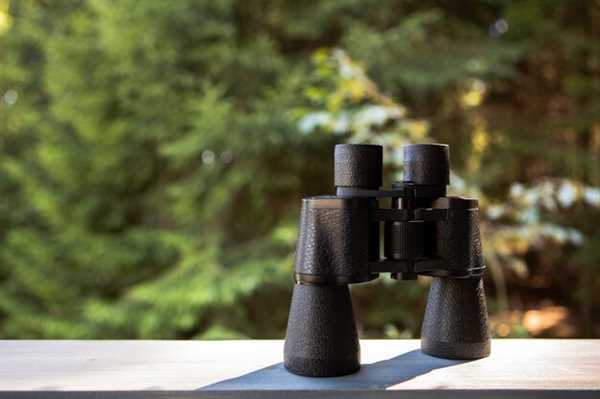
Choosing the right outerwear is key for any outdoor enthusiast. For those seeking to optimize their gear, understanding the distinctions between various styles is critical. Consider prioritizing your terrain and climate when selecting your coat. In warmer environments, a breathable, packable option can greatly enhance comfort and mobility.
In colder conditions, heavier apparel provides necessary insulation, shielding you from harsh elements. Look for features such as waterproof materials and adjustable ventilation to enhance adaptability during use. Pay attention to pockets and attachments for your equipment; convenient storage solutions can significantly improve functionality in the field.
Test a few coats to find the perfect fit before making a commitment. Seam construction, weight, and fabric longevity are aspects that greatly impact performance. High-quality options often balance robust protection with lightness to accommodate various activities while maintaining ease of movement.
Material Differences and Their Impact on Performance

Opt for synthetic fabrics like nylon or polyester for improved water resistance and breathability. These materials allow moisture to escape, keeping you dry during extended outdoor activities.
Consider natural fibers such as cotton or wool for insulation and comfort, but be aware that they may absorb water, leading to increased weight and reduced insulation when wet.
Blends of natural and synthetic materials often provide a balanced solution, offering durability alongside comfort. Look for options that incorporate technologies like DWR (Durable Water Repellent) to enhance performance in wet conditions.
The weight of fabric also plays a significant role; lighter options allow for greater mobility and less fatigue, while heavier textiles can offer added protection against abrasion and harsh weather.
Pay attention to the fabric’s weave; tighter weaves can improve wind resistance and warmth retention, making them suitable for colder environments. Looser weaves may enhance ventilation for warmer conditions but offer less protection.
Evaluate your needs based on the specific environment and activity intensity. For colder climates, prioritize thicker, insulated fabrics. In warmer regions, seek out lighter, moisture-wicking options for comfort and freedom of movement.
Weather Resistance: Which Jacket Holds Up Better?

For optimal weather protection, select a model constructed from advanced, water-repellent fabrics. Look for features such as sealed seams and breathable membranes that prevent moisture infiltration while allowing sweat to escape. These elements significantly enhance performance in wet conditions.
Consider the insulation properties as well. Insulated gear often provides added warmth in cold, wet environments. Fabrics like GORE-TEX or similar technologies offer exceptional waterproof capabilities combined with breathability, making them suitable for unpredictable climates.
It’s also beneficial to examine the jacket’s outer shell. A durable water repellent (DWR) finish enhances protection against light rain, while a thicker, more robust material may withstand stronger winds and harsher conditions.
When evaluating two different options, consider the typical weather patterns in your location. If heavy precipitation or snow is common, a model with advanced waterproofing is critical. In milder conditions, a lighter option may suffice, provided it offers adequate wind resistance.
Assess the comfort fit as well. A proper fit without excessive bulk allows for layering and flexibility, crucial for maintaining mobility in challenging weather. Prioritize gear that maintains warmth without compromising ease of movement.
Lastly, user reviews and testimonials can provide insight into real-world performance. Seek feedback on how each type stood up against specific weather challenges, as firsthand experiences often highlight strengths and weaknesses not evident in product specifications alone.
Pockets and Storage: Maximizing Utility in the Field
Prioritize functional design with multiple compartments to enhance accessibility during outdoor activities. Aim for a combination of large, secure pockets for essentials and smaller, easily reachable ones for quick-grab items like GPS devices or calls.
Consider options with waterproof zippers and flaps to keep gear dry, especially in wet conditions. Magnetic closures can offer silent access while keeping contents secure, which is particularly advantageous in sensitive environments.
Look for integrated storage solutions, such as built-in hydration reservoirs or compartments for camouflage accessories, which aid in reducing bulk while ensuring readiness.
Assess the balance of pocket placement; side-mounted pockets facilitate ease of use while seated or kneeling, and chest pockets allow for convenient access while on the move. Ensure pockets are large enough to hold pertinent gear but streamlined enough to avoid snagging or hindrance during activity.
Utilize internal mesh pockets to keep smaller items organized and prevent them from shifting around. The weight distribution of items in various compartments can also significantly affect comfort during extended wear.
Evaluate adjustable attachments for tools, ensuring additional carry options without compromising overall utility. Quick-release systems can be beneficial for on-the-fly adjustments.


